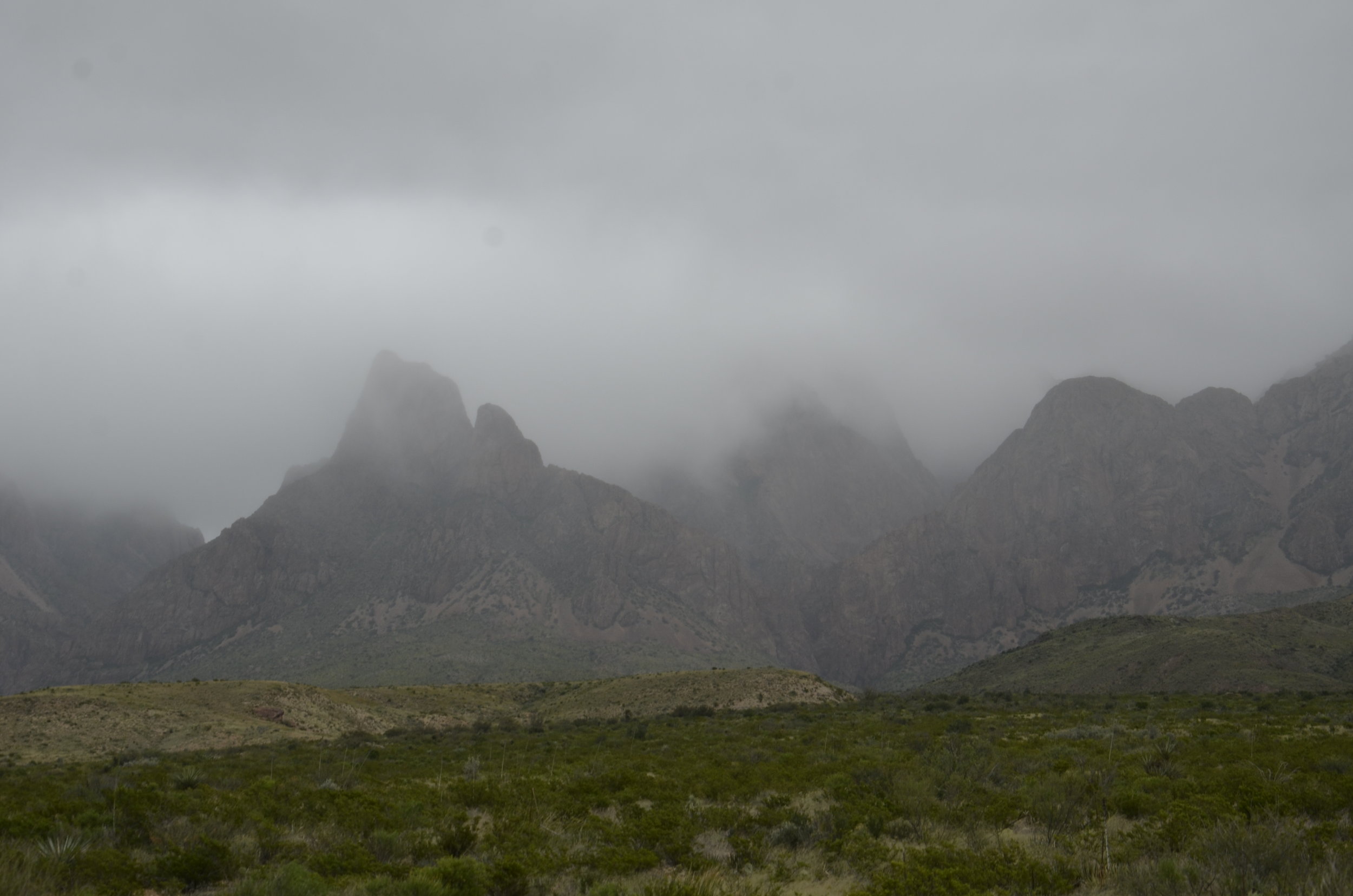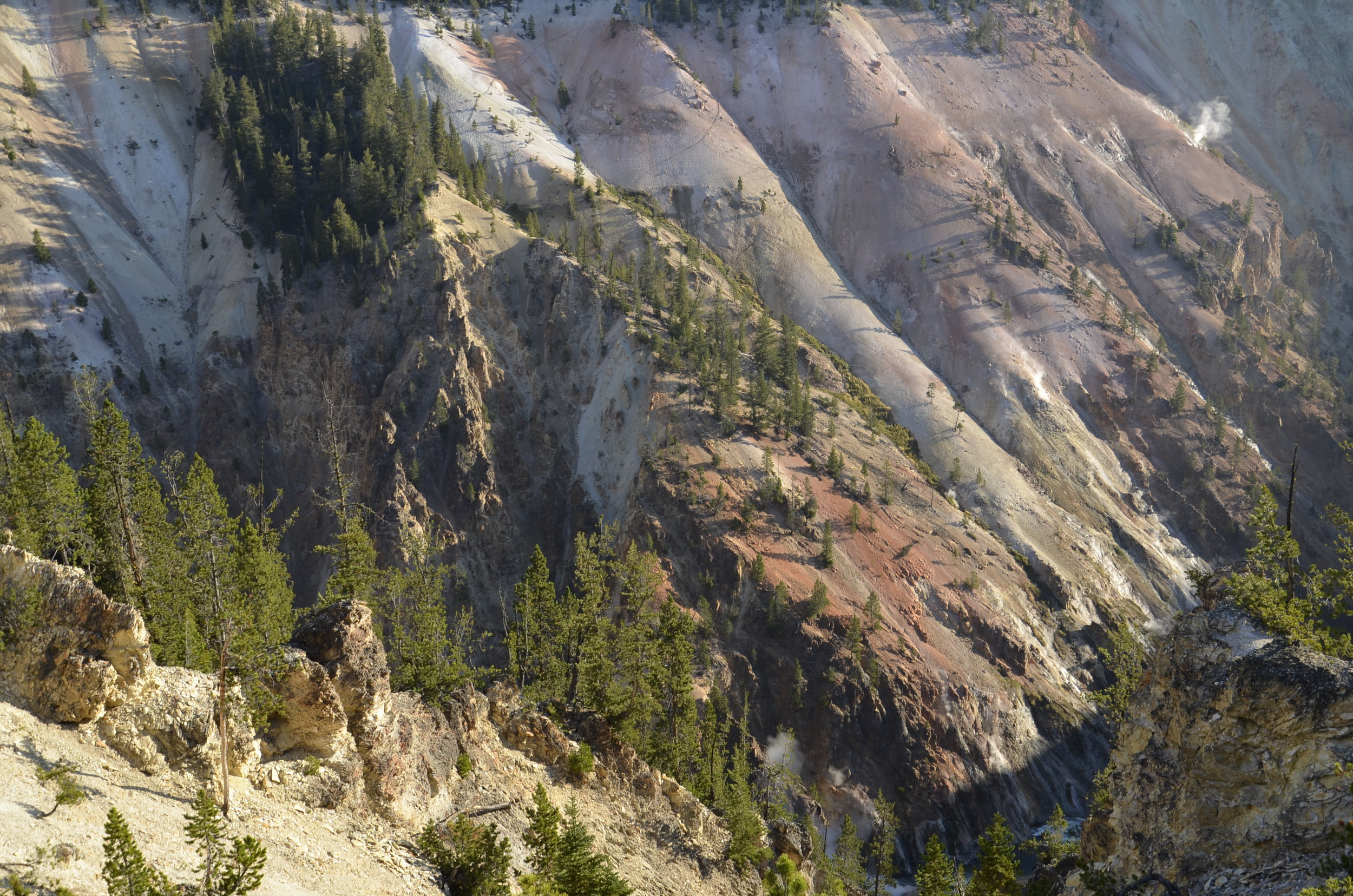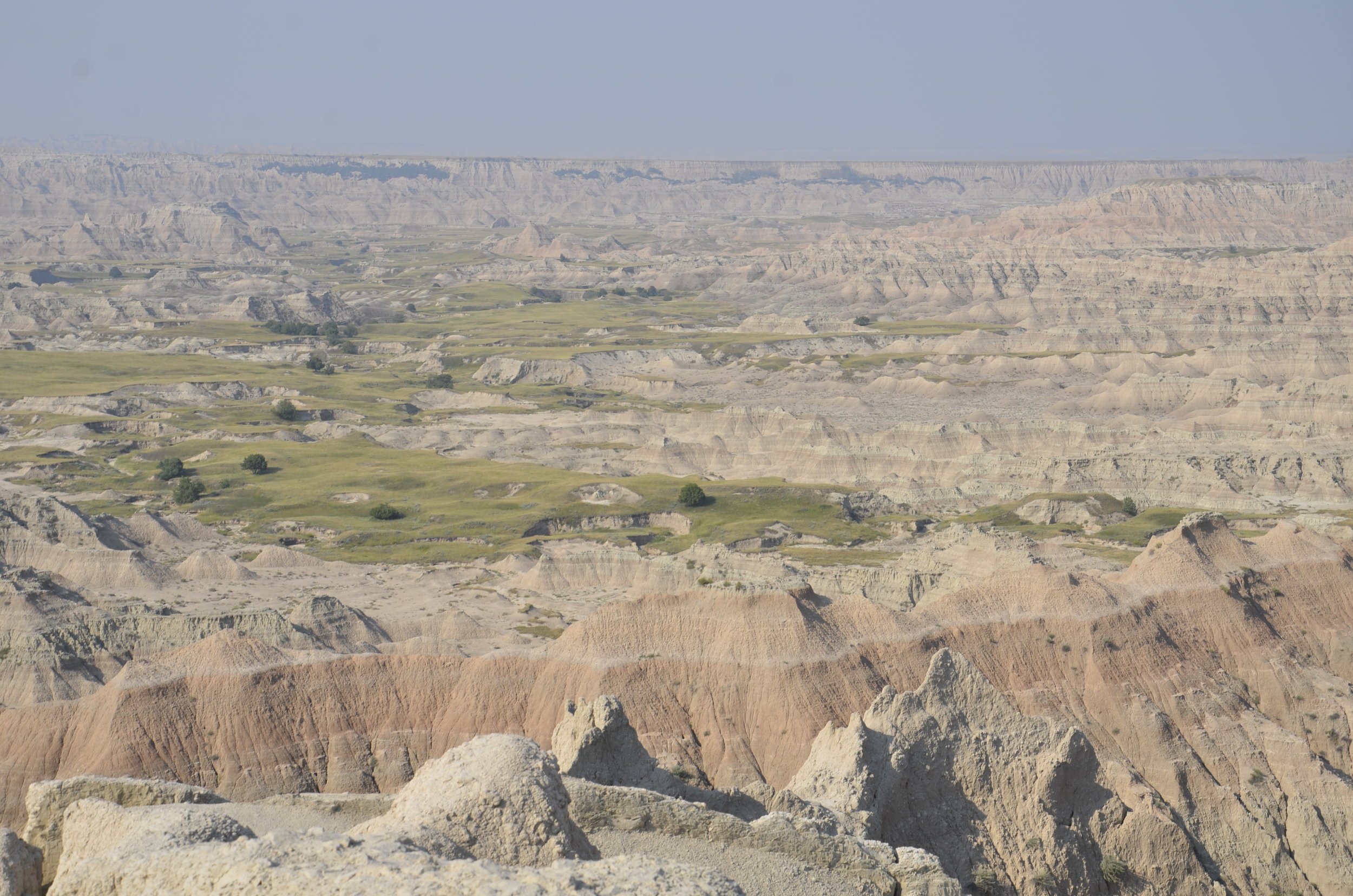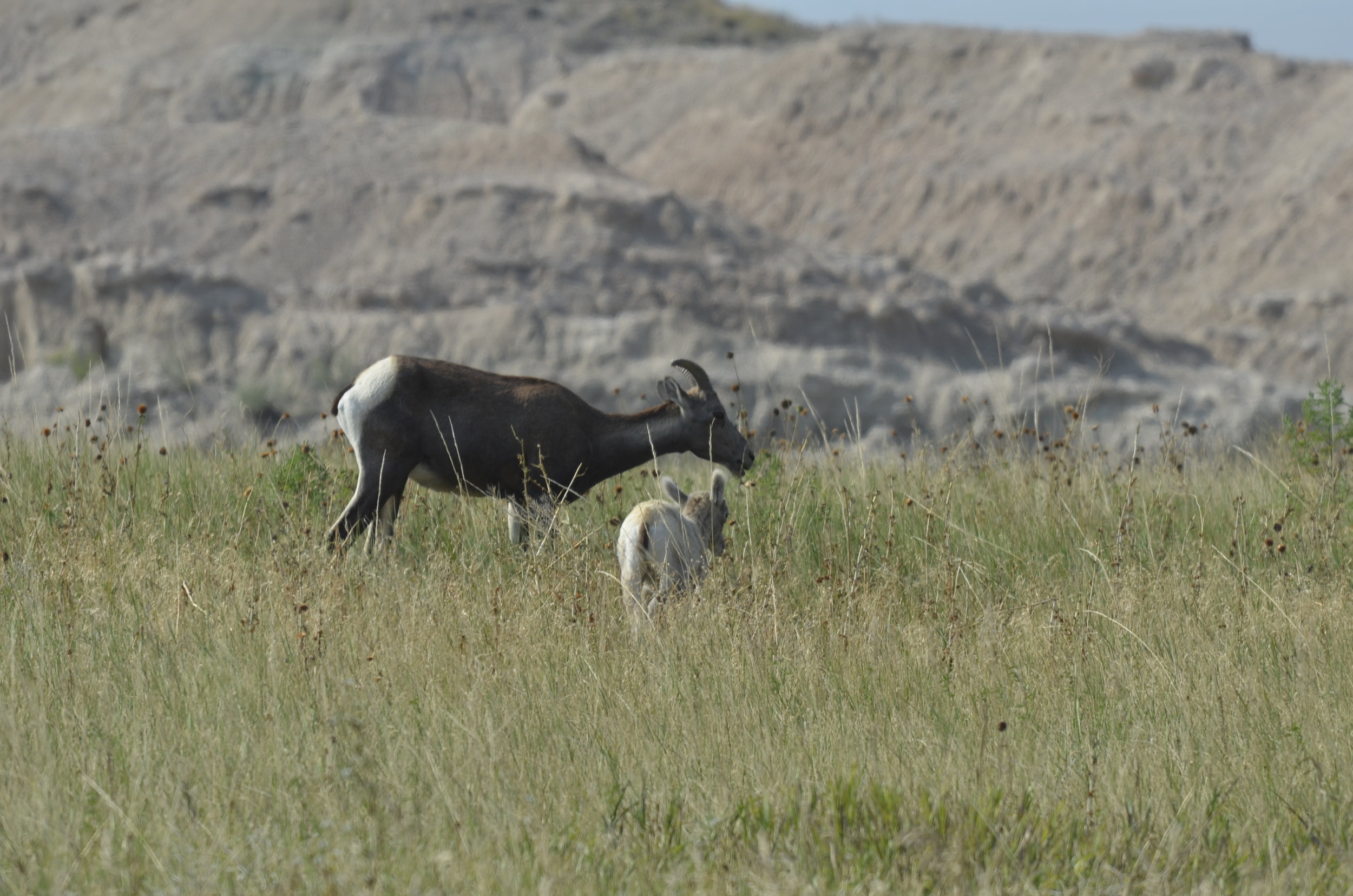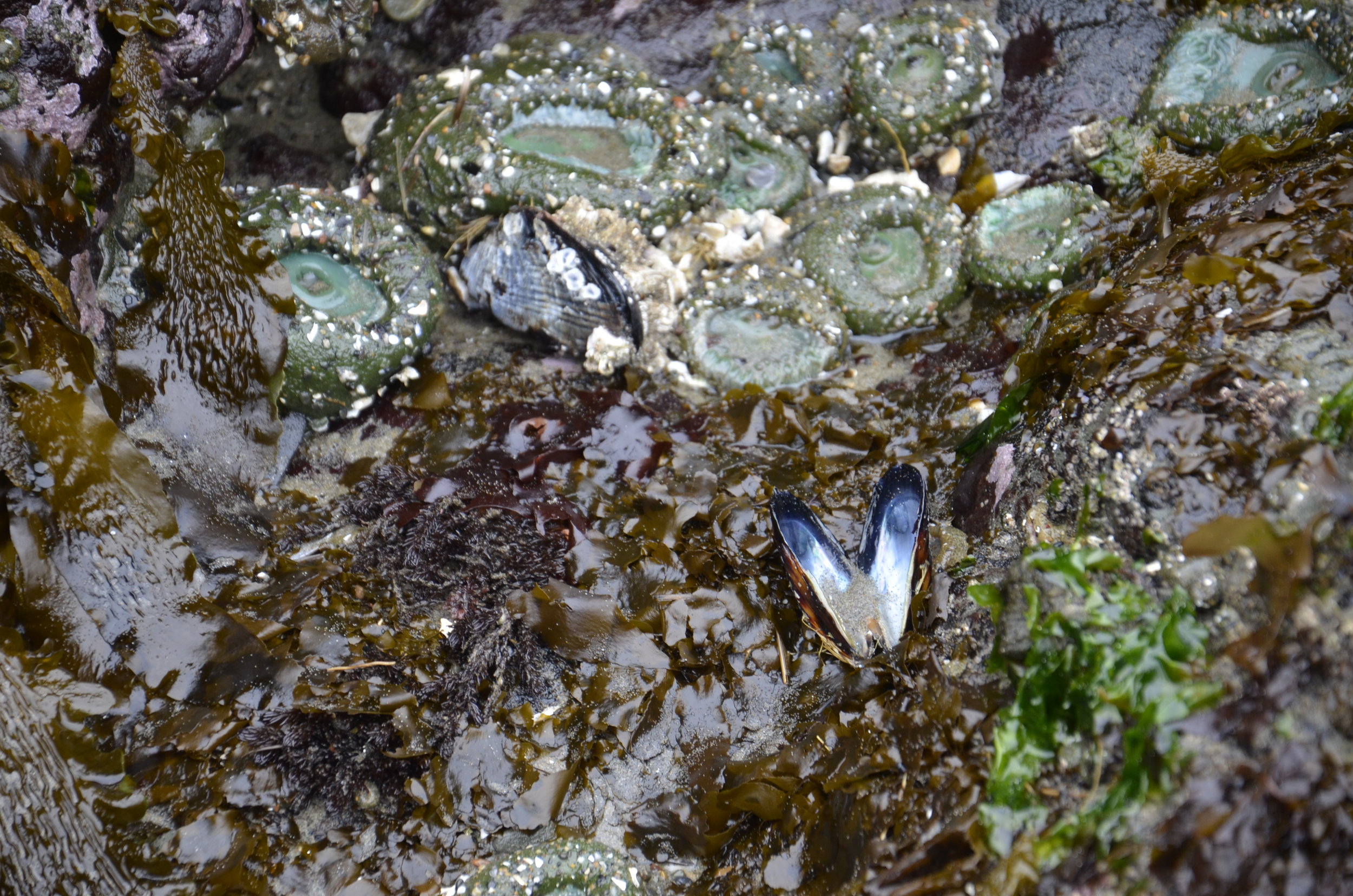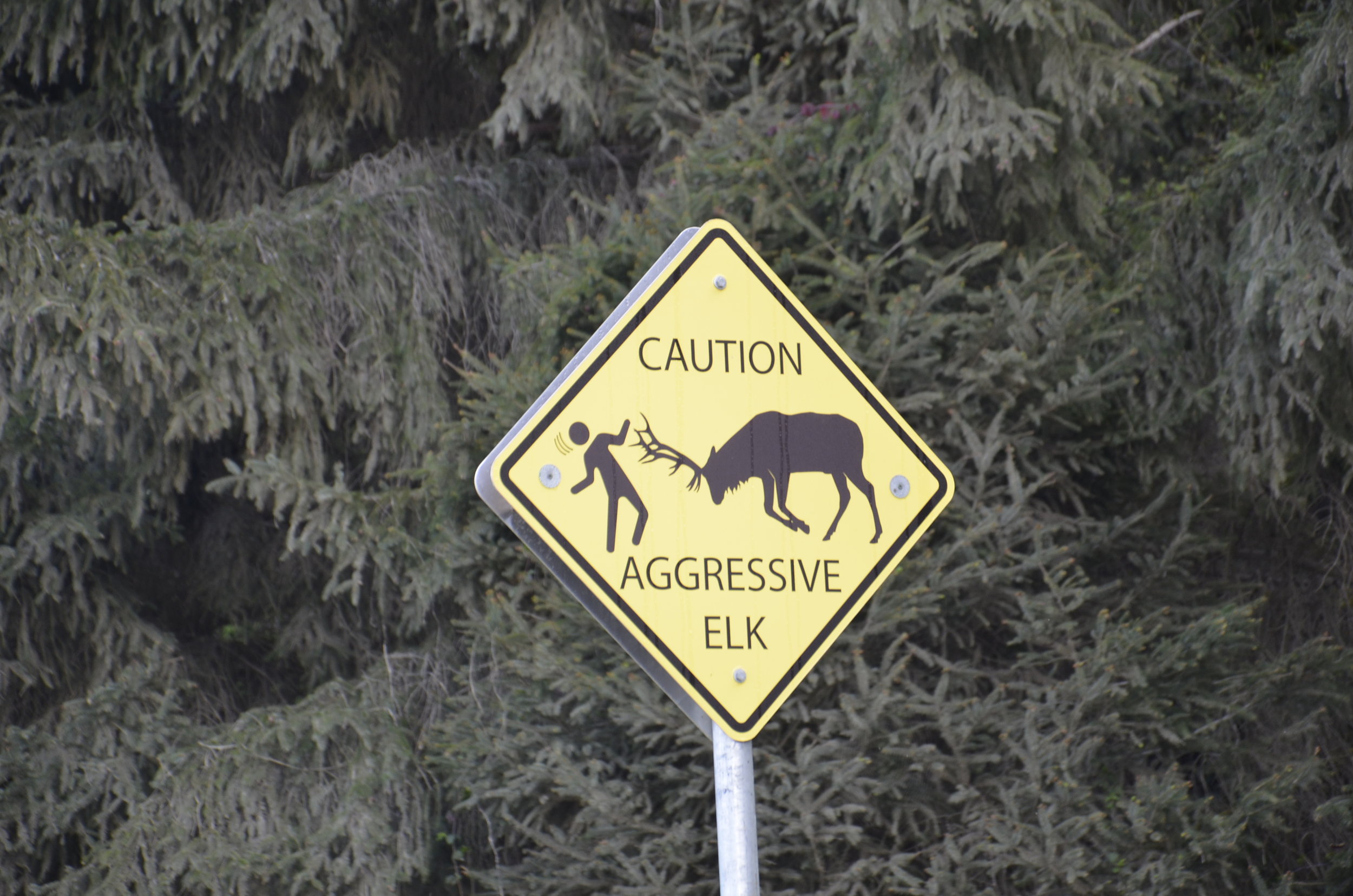Big Bend National Park and some random comments
As we headed into TX, our weather luck changed. We stayed in little Marathon, TX as the closest town to Big Bend National Park, and that was 1 1/2 hours away. When we checked in, it was 80 degrees. The wind howled all night, and when we got up in the morning, the skies were overcast and it was 40 degrees!
This was the atmosphere we encountered as we entered the park. This place was huge, and the terrain was quite varied. It was neat to see the various geologic strata…
…as well as the variety of plant life. (For a desert, there sure was a lot of grass!)
It took 30 miles of driving on curvy roads at 40 mph to get to the southern border - the Rio Grande, and its towering cliffs on the Mexico side.
The Santa Elena Canyon allowed us to get down to river level.
I don’t know what I was expecting, but I was underwhelmed by the river at that point (I still loved the cliffs!).
On our way back out, we continued to see interesting formations…
…and color combinations.
The rock layer above the reddish one was actually a blue-green.
The bit of road curve in the lower center gives some sense of scale:
After leaving Big Bend (and vowing to return in the spring, to see it in a better light), we drove across the entire state of TX under cover of rain the whole time. You may have heard about “a little” flooding there? We saw the rivers and creeks super full, and normally dry washes nearly overflowing.
So, not a very pretty end to our 6600 mile sojourn through the Southwest. But don’t forget our gorgeous weather and timing for the aspens!
Random comments:
If you’re ever in Pueblo, CO, check out the Rosemount Mansion. It was built in 1893 and has 37 rooms, all still with period furnishings. Gorgeous! But then, we’re partial to big ol’ piles of bricks. ;)
We tried to take mostly scenic drives between national or state parks, but in central CO, we ran out of time, and had to finish a (apparently) gorgeous stretch in the dark. We did see a lot of mule deer right beside the road, thus slowing our progress considerably, but as our lights flashed over them, we could see tons of really nice antler sets.
Before I headed to the Southwest, I spent a quick few days in our nation’s capital and got some cool shots just with my cell phone.
This is the last of our US ramblings for this year. We’re off to Italy soon, for a wedding, and to explore Rome, Florence and Tuscany in between.
